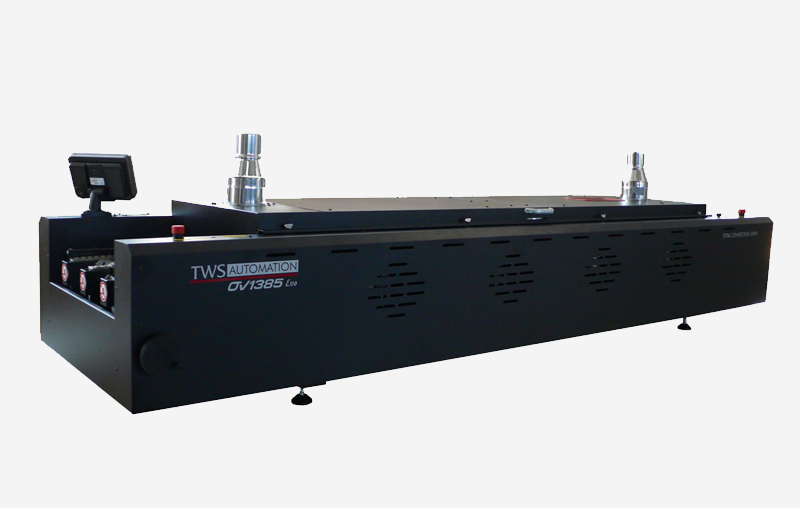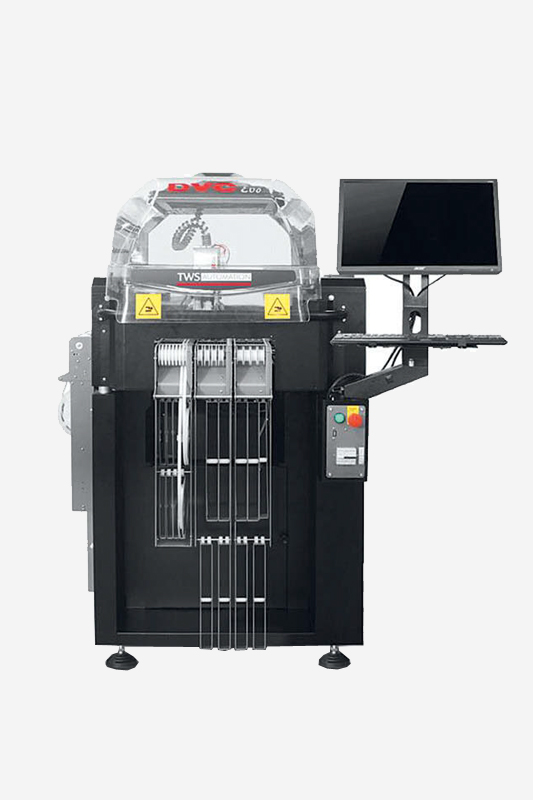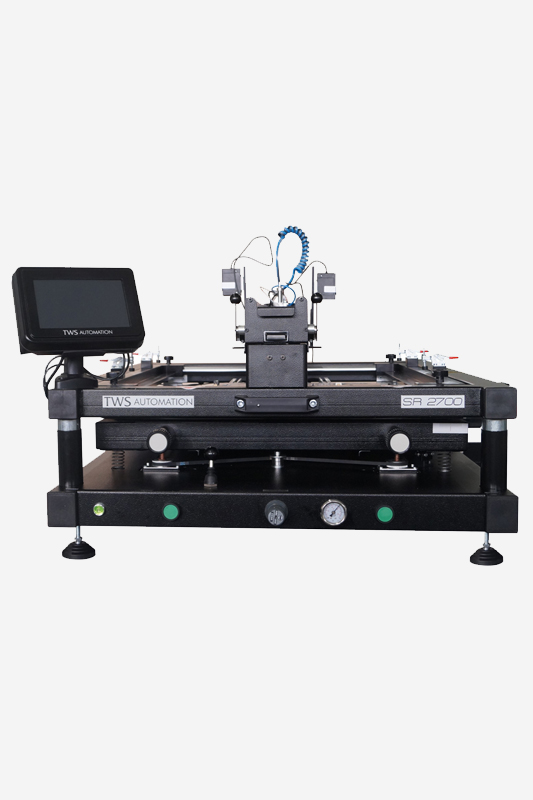The quality of the produced packages, and above all the efficiency of the technological process, depends mainly on the technical capabilities of the machines used in production. That is why the devices operating in the production line are subject to increasingly higher requirements. Continuous miniaturization of components and complexity of manufactured applications makes the choice of machines not only a simple comparison of technical capabilities of different manufacturers.
The selection of devices that will be the components of a production line in a company is not an easy task and certainly cannot be made on the basis of only the descriptions included in the catalogue cards. The experience of the manufacturer of the equipment turns out to be very important, but also the quality and reliability of the authorized service and the ability to provide untypical solutions – exclusion for the needs of the customer. The issue of quick access to spare parts is also important. Delays may result in long downtimes and, consequently, financial losses.
Another equally important aspect considered when purchasing a production line is the possibility of presenting individual devices during operation. Few companies in Poland offer unrestricted access to machines with which the customer can perform production tests on their own applications and components and check the effectiveness of machines in unusual solutions and conditions. This article discusses the operation of individual elements of the off-line line of the Italian company TWS Automation, whose advantages can be checked in demoroom – in the Renex Technology Centre in Włocławek.
STENCIL PRINTERS
The work of every solder paste printer is reduced to a few important steps that allow for a repeatable printing process. The first one is positioning the stencil holes in relation to the printed circuit pads. The next one is dosing the soldering paste on the surface of the stencil. Next, the printer’s knobs spread the paste on the stencil, during this process it covers the soldering pads on the PCB. After that, having the paste printed, the table is lowered and the printed circuit is exposed.
At this point the target effect of the whole process is visible – the pads are covered with a sufficiently thin layer of soldering paste.
The principle of the soldering paste printer described above is used for every type of this device. The division of soldering paste printers is divided into three main groups: manual, semi-automatic and automatic. The basic differences between the groups refer to the human factor having a measurable impact on the process.
TWS Automation offers 5 models of solder paste printers. The functions of the two models will be discussed here. The first model is a semi-automatic stencil printer marked SR-2700, providing printing on a maximum surface of 480×420 mm and working with PCB laminate up to 6 mm thick.
The second one is marked with the SR-2720 symbol and in it the user is able to print on large areas up to 850×420 mm. Both versions have two independent, self-levelling metal squeegees. The electronic system ensures precise self-adjustment of the squeeze force of the squeegees and its speed of tearing it off the template.
Managing the work of the devices is very simple and the process control takes place from the LCD touch screen. The devices are equipped with a work table with support pins and vacuum heads arranged in different configurations for different PCB shapes.
The installed vision system ensures precise, easy and quick positioning of the PCB against the stencil. Undoubtedly, semi-automatic printers are sufficient for prototype as well as small and medium batch production.
ASSEMBLY MACHINES
TWS Automation’s SMD assembly machines open up new areas of activity in small and medium-volume production thanks to their individual configuration, high precision and reliability. The Quadra DVC EVO has a capacity of 4400 CPH. It is equipped with a two-nozzle head with a vision system for positioning. Adding to the assembly capabilities, the machine is able to stack a very wide range of components such as chip from 0201, Melf, Mini Melf, SOT components, diodes, ICs up to 40 mm, BGA up to 55×55 mm, trimmers, inductance units and aluminum electrolytic capacitors.
The design of the machine allows the assembly of components in 8 to 44 mm tapes, allowing the machine to be equipped with up to 120 feeders for 8 mm tapes. In addition, it is possible to install component feeders in sticks, trays and versions for THT type components such as LEDs.
The machine can be optionally equipped with an additional third head for dosing paste and other substances. The machine then applies the soldering paste completely on its own, after entering the documentation in the form of CAD files, and then arranges the components. This solution gives the possibility to build a line consisting only of a component placing machine and a soldering oven, which is sufficient for the average production volume.
REFLOW SOLDERING OVENS
An important process that determines the quality of production is the correct and repeatable soldering process in a reflow oven. The TWS 1385 EVO model consisting of five zones is equipped as standard with a stainless steel mesh conveyor with a maximum width of 400 mm. Optionally, it can be equipped with an additional edge transport with central support. In addition, the unit has a built-in profile gauge to ensure that a thermal profile is created precisely for each application. This solution is not standard in competitive devices of this class. The optional SMEMA communication application allows the device to be set up in the production line.
CONCLUSION
The above description and characteristics of TWS Automation devices allow only a brief overview of the capabilities of these production equipment. Comparison of the capabilities of the equipment in the production hall conditions (demoroom) gives the basis for making factual decisions. It is also worth to remember about people – they are the essence of the company. Training of the staff operating the machines determines the quality of the produced packages. After all, it is their knowledge and skills that determine the most.


